
About Andrew Cusack
 Writer, web designer, etc.; born in New York; educated in Argentina, Scotland, and South Africa; now based in London.
Writer, web designer, etc.; born in New York; educated in Argentina, Scotland, and South Africa; now based in London. read more
News
Blogs
Reviews & Periodicals
Arts & Design
World
France
Mitteleuropa
Knickerbockers
Argentina
The Levant
Africa
Cape of Good Hope
Netherlands
Scandinavia
Québec
India
Muscovy
Germany
Academica
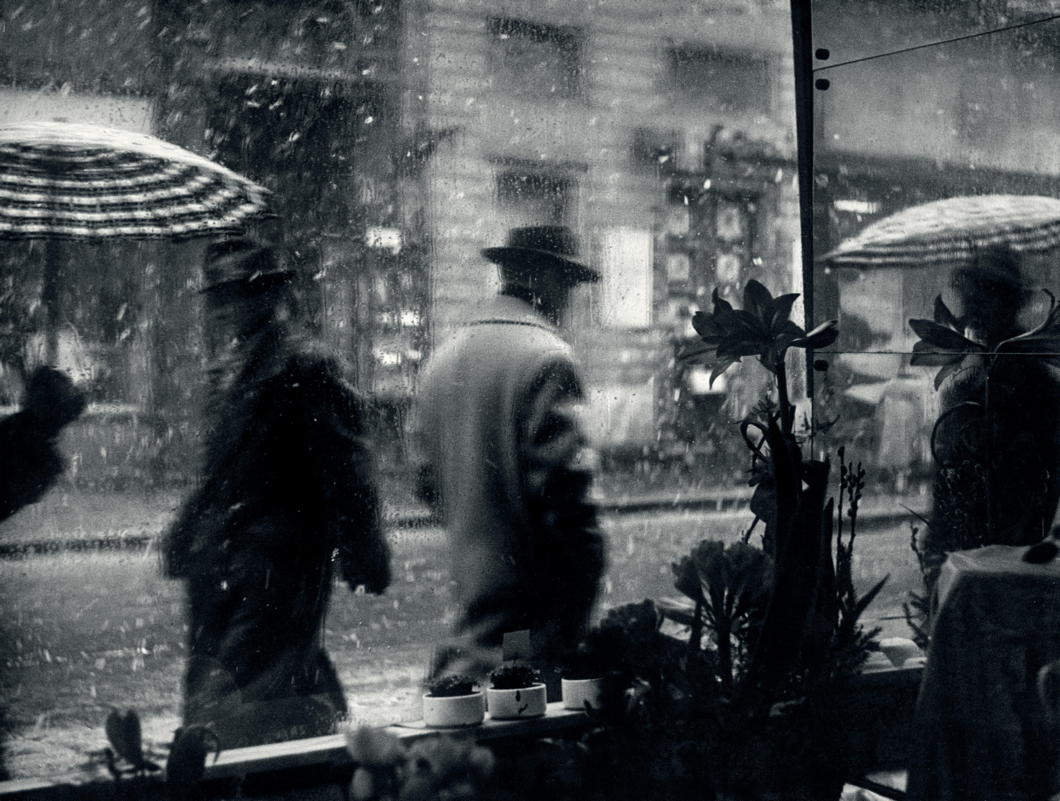
Sombre Land of Shadow and Light
The Budapest of Demeter Balla
Soviet socialism imposed many grim miseries upon the Hungarian people once the German occupation under the National Socialists was replaced by a Russian one under the Red Army. In 1945, Hungarians were allowed one free election in which the Communists were resoundingly defeated.
Two years later, the Russian occupiers allowed another election yet — despite violent intimidation and manufacturing as many as 200,000 false ballots — the Communists still only improved their vote share to 22%. But through various mechanisms it was enough to seize control of the government, take over the other parties, and merge them all into a pro-Soviet front.
A decade later, the 1956 uprising sparked a Soviet invasion to prevent Hungary leaving the Warsaw Pact turning off the road to full communism. It did, however, convince Hungary’s communist hardliners that while total control over all political, social, and economic institutions needed to be maintained, they also needed to lighten the mood. A little more carrot, a little less stick (but keep the stick).
Human beings have a way of sorting themselves out as best they can and persisting despite a multiplicity of hardships. These photographs of Budapest in the 1950s, 60s, and 70s by Hungarian photographer Demeter Balla (1931-2017) bear witness to the quiet dignity of the inhabitants of a capital city still stuck behind the Iron Curtain.
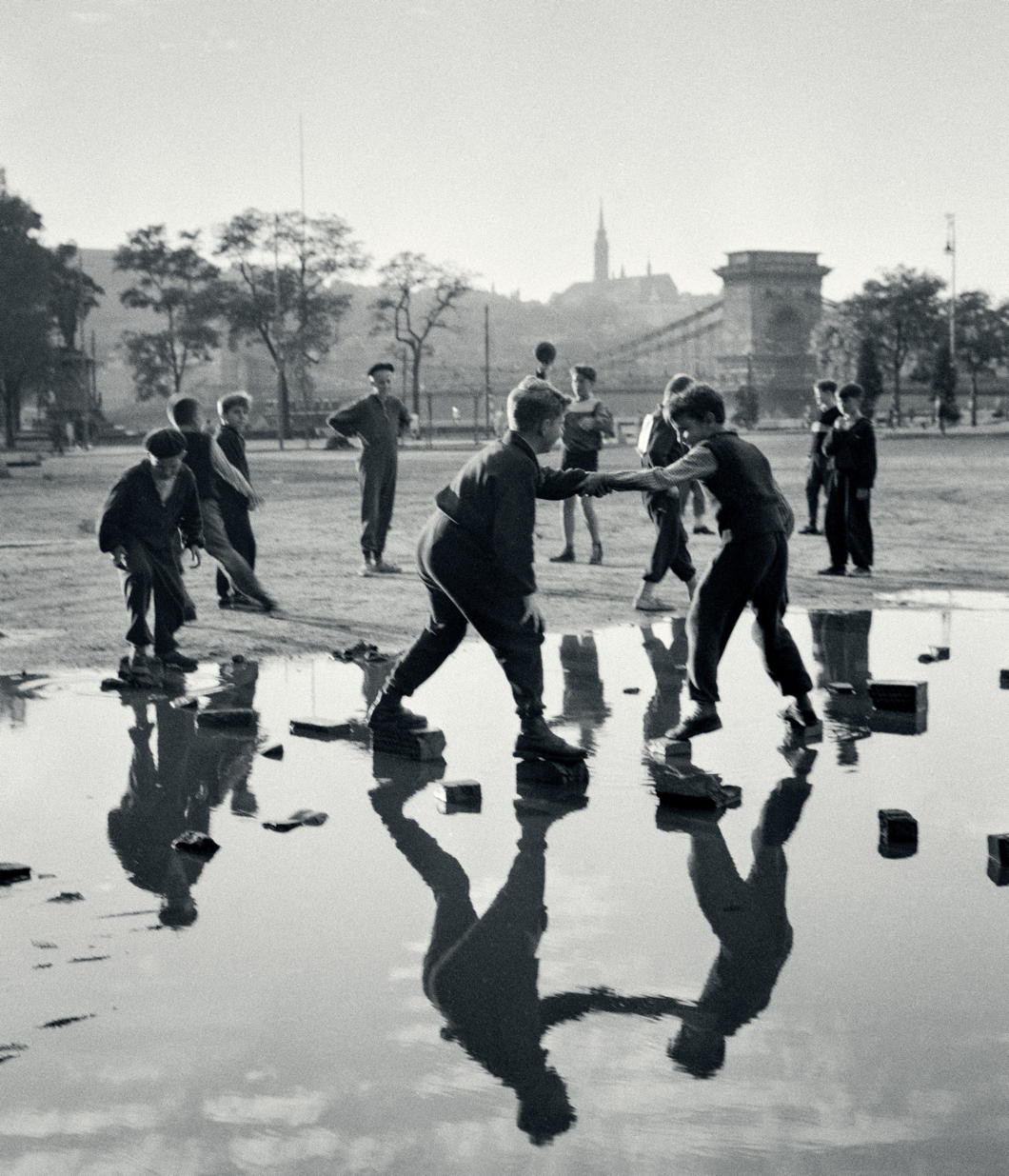
1958 Playground on an empty plot with the Széchenyi Chain Bridge and the Mátyás Church in the background.
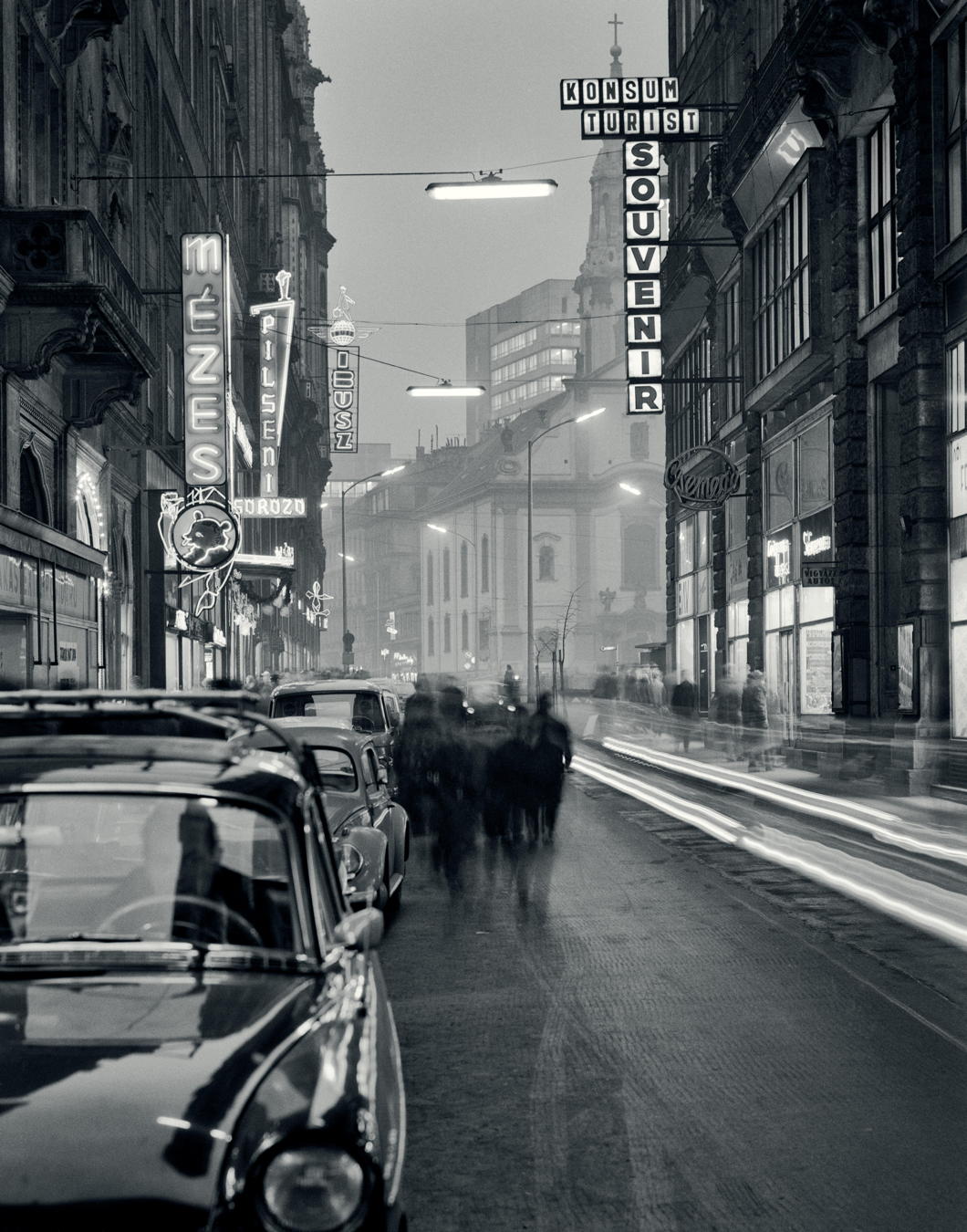
1968 Kígyó Street with the Square of the Franciscans (known as Liberation Square 1953-1991) and Franciscan church in the background.
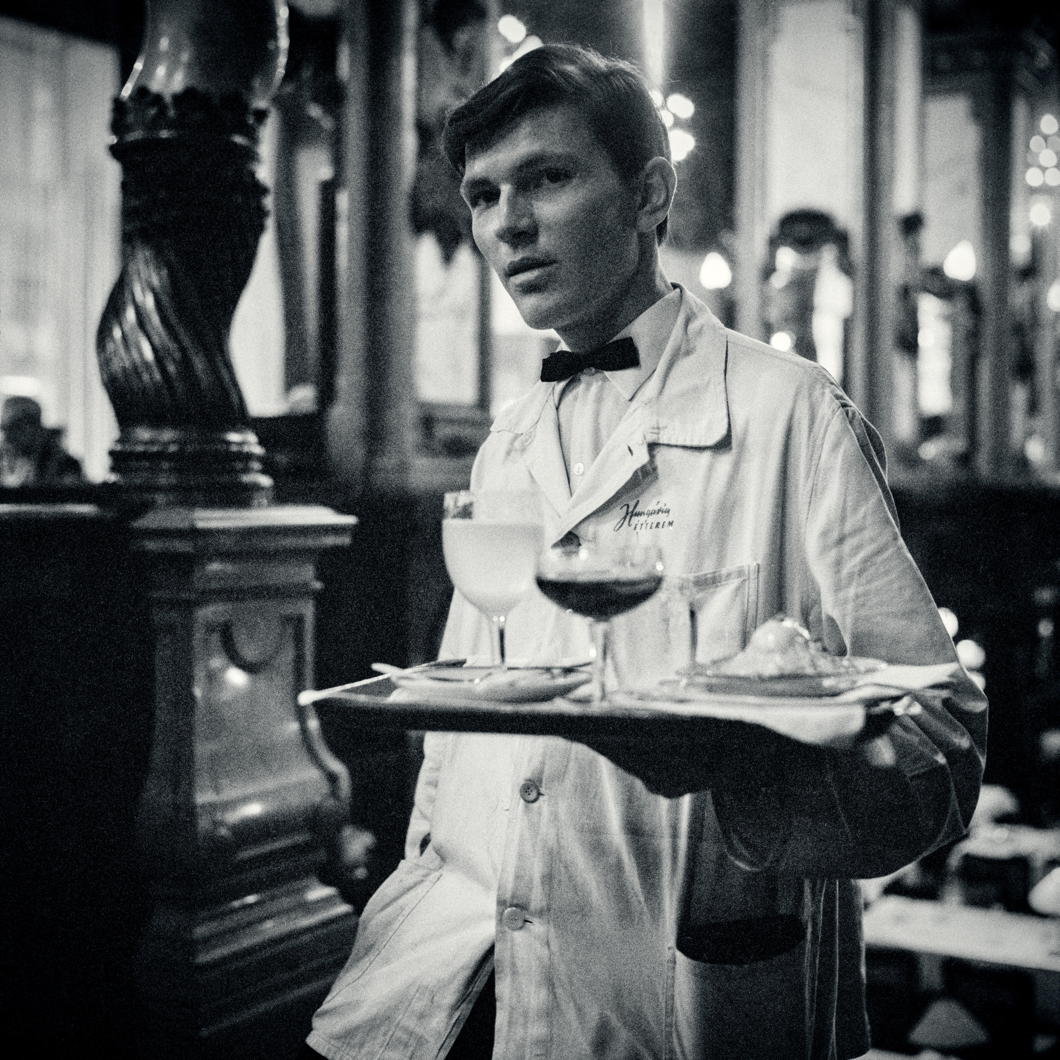
1964 Waiter of the Hungaria Café on Lenin Boulevard — today once again known as the New York Café on Elizabeth Boulevard.
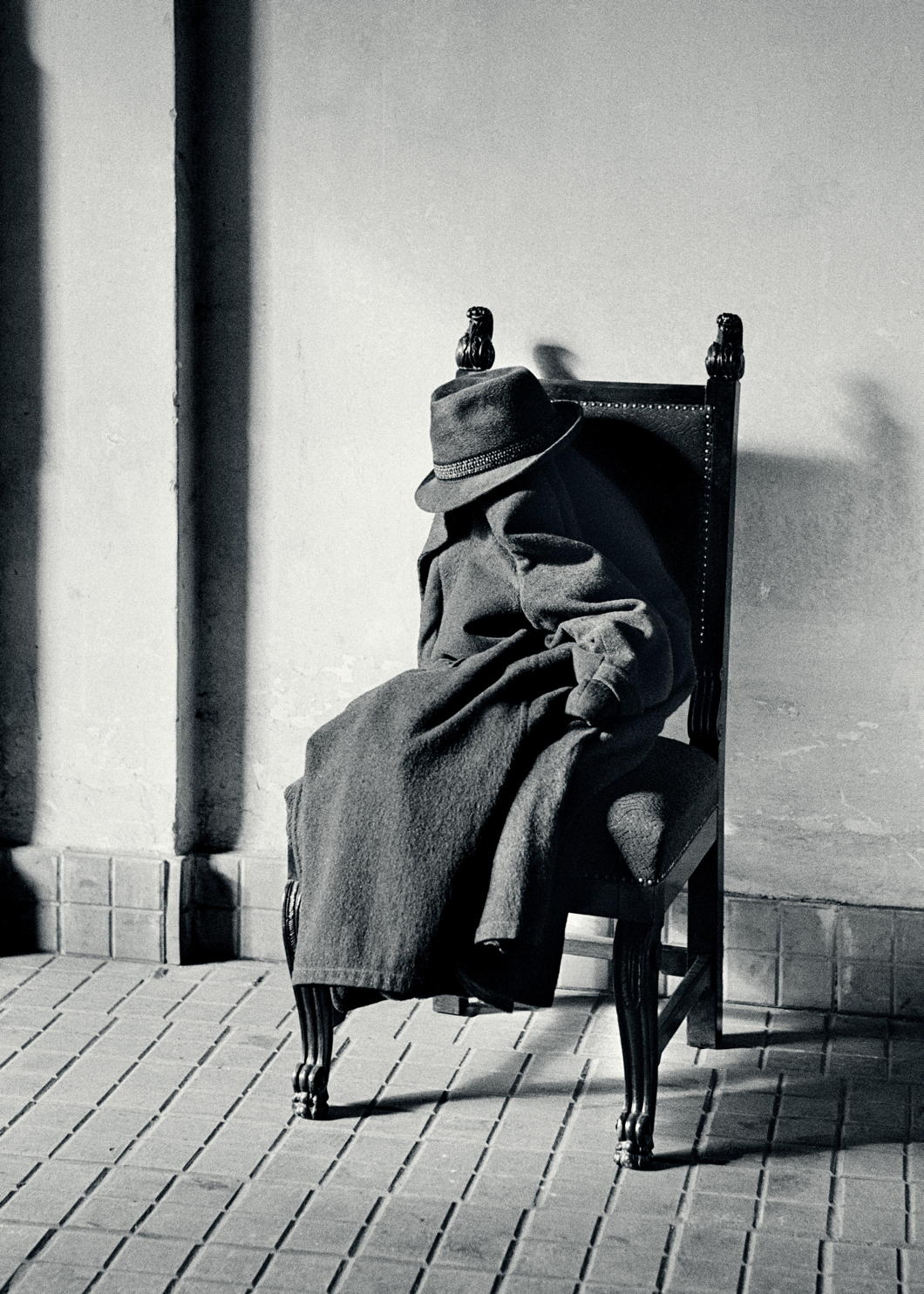
1964 Coat and hat on chair.
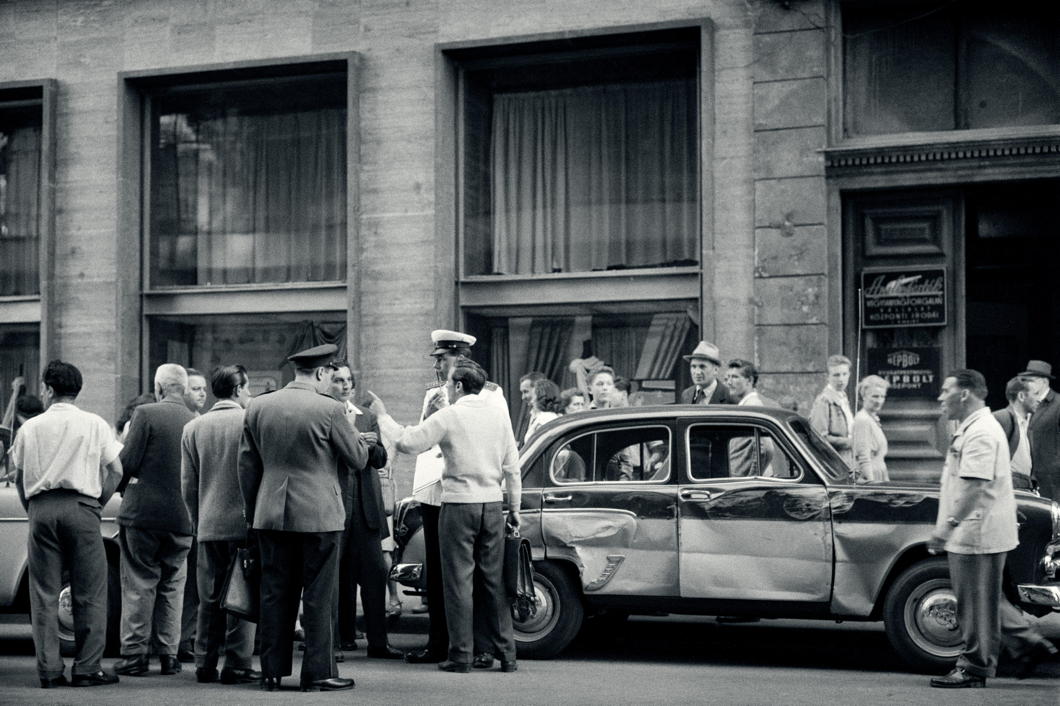
1966 Car crash in Bécsi utca (Vienna street).
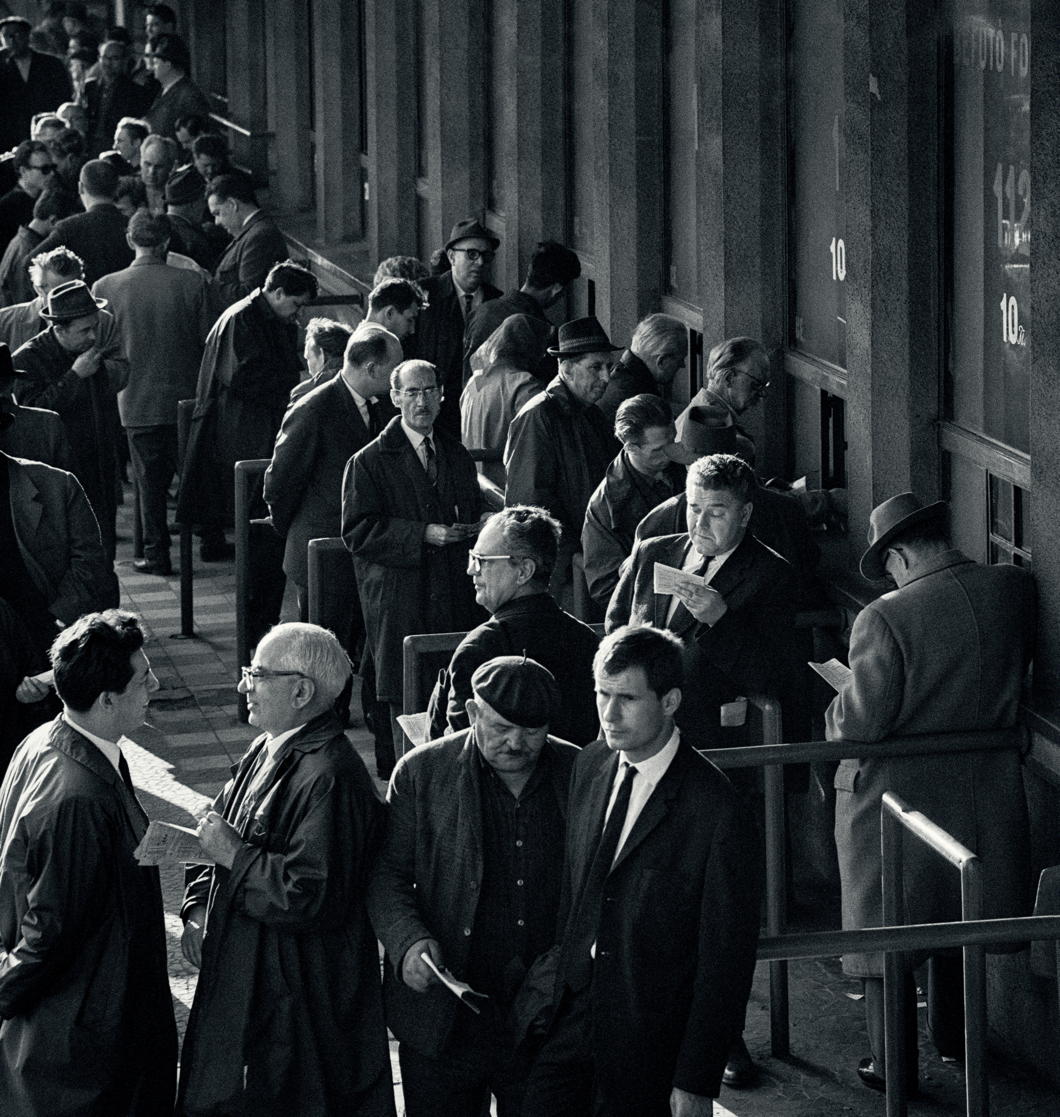
1968 Betting counter at the racetrack (Kincsem Park) in District X.
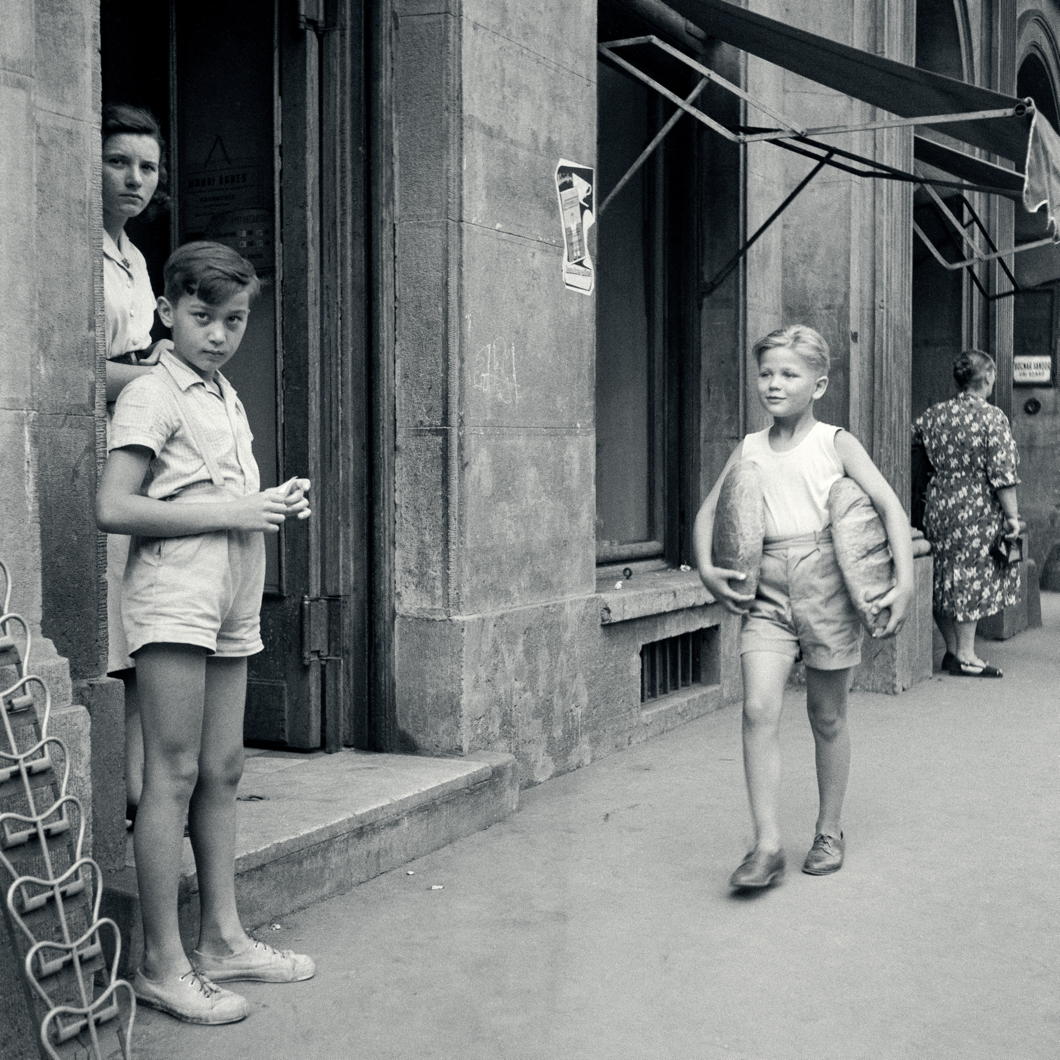
1958 A scene outside no. 16, József Attila Street.
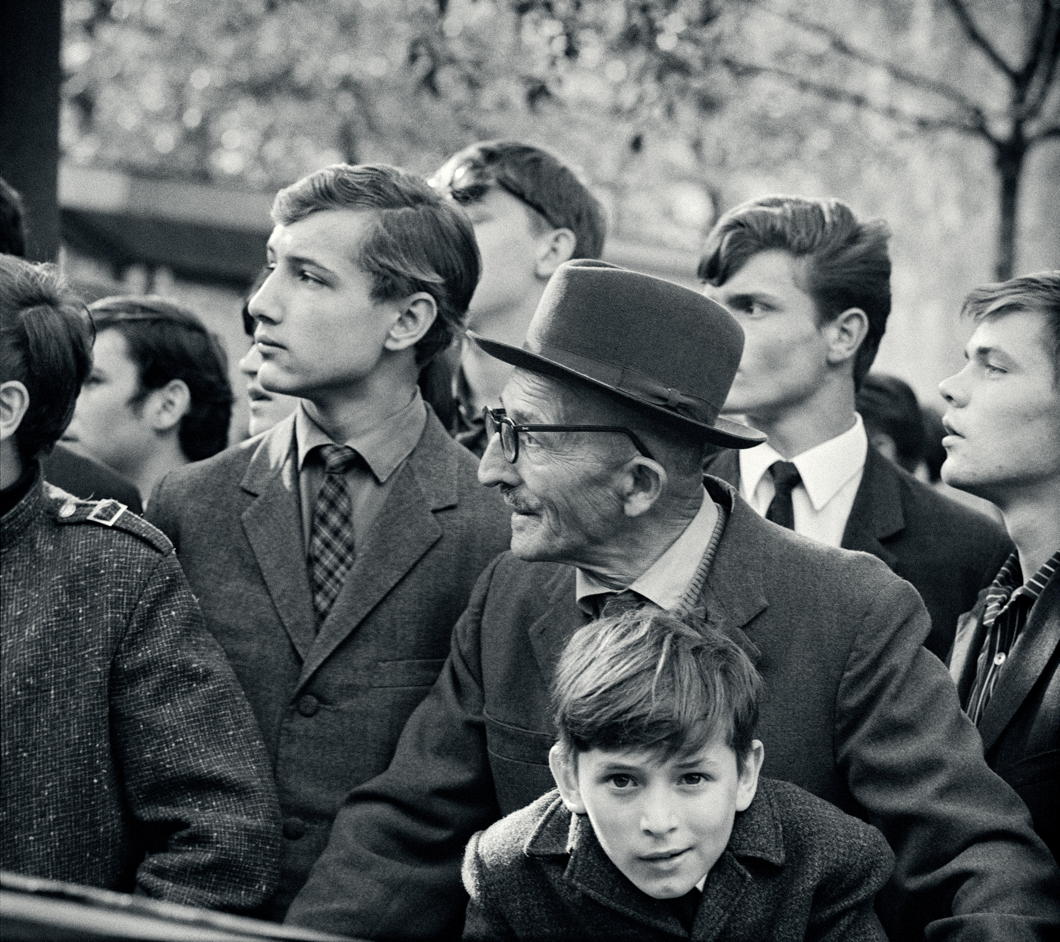
1968 People observing and boy staring at camera in District XIV.
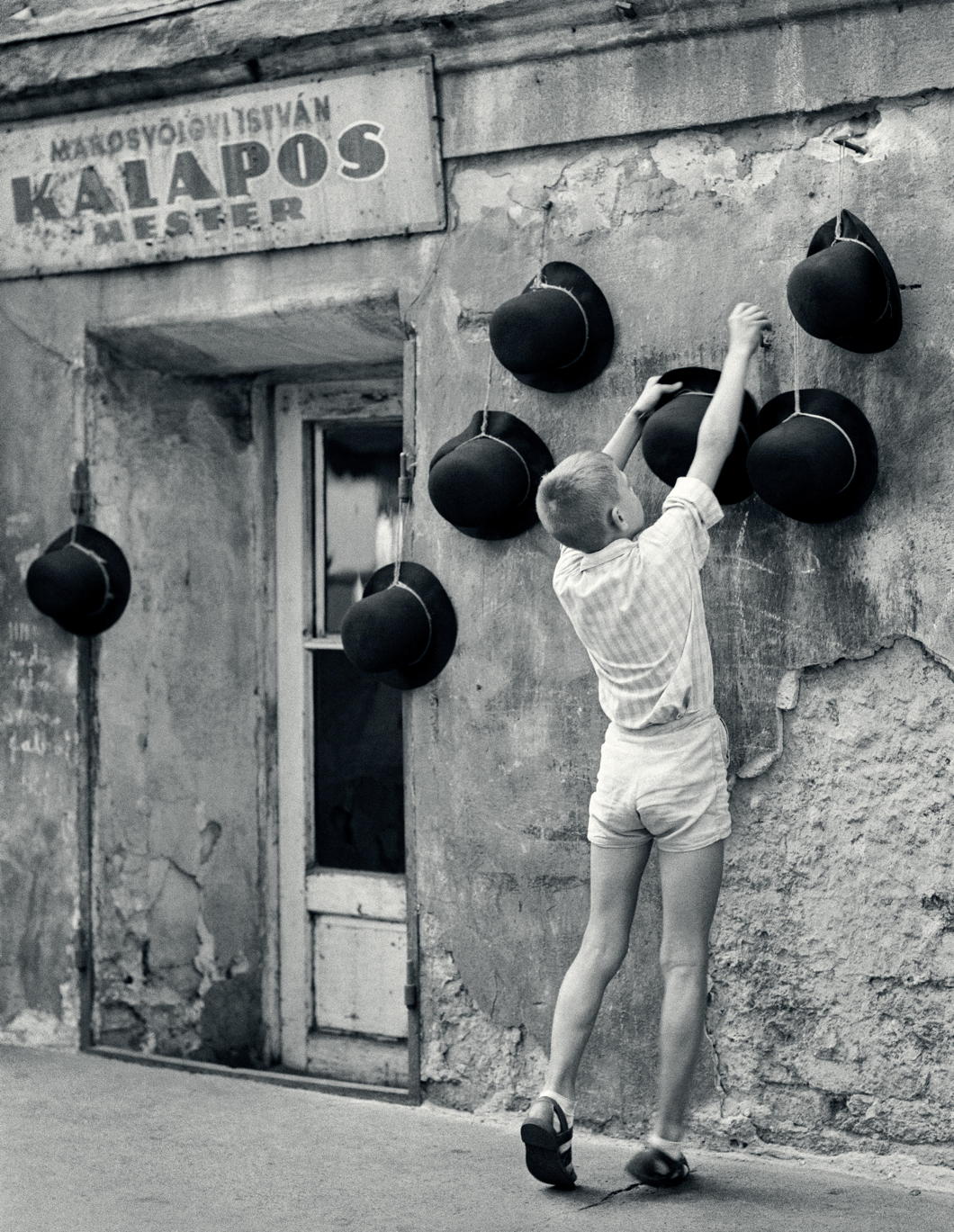
1960 Hats on display outside the workshop of master-hatter István Marosvölgyi at 20-24 Visegrádi utca.
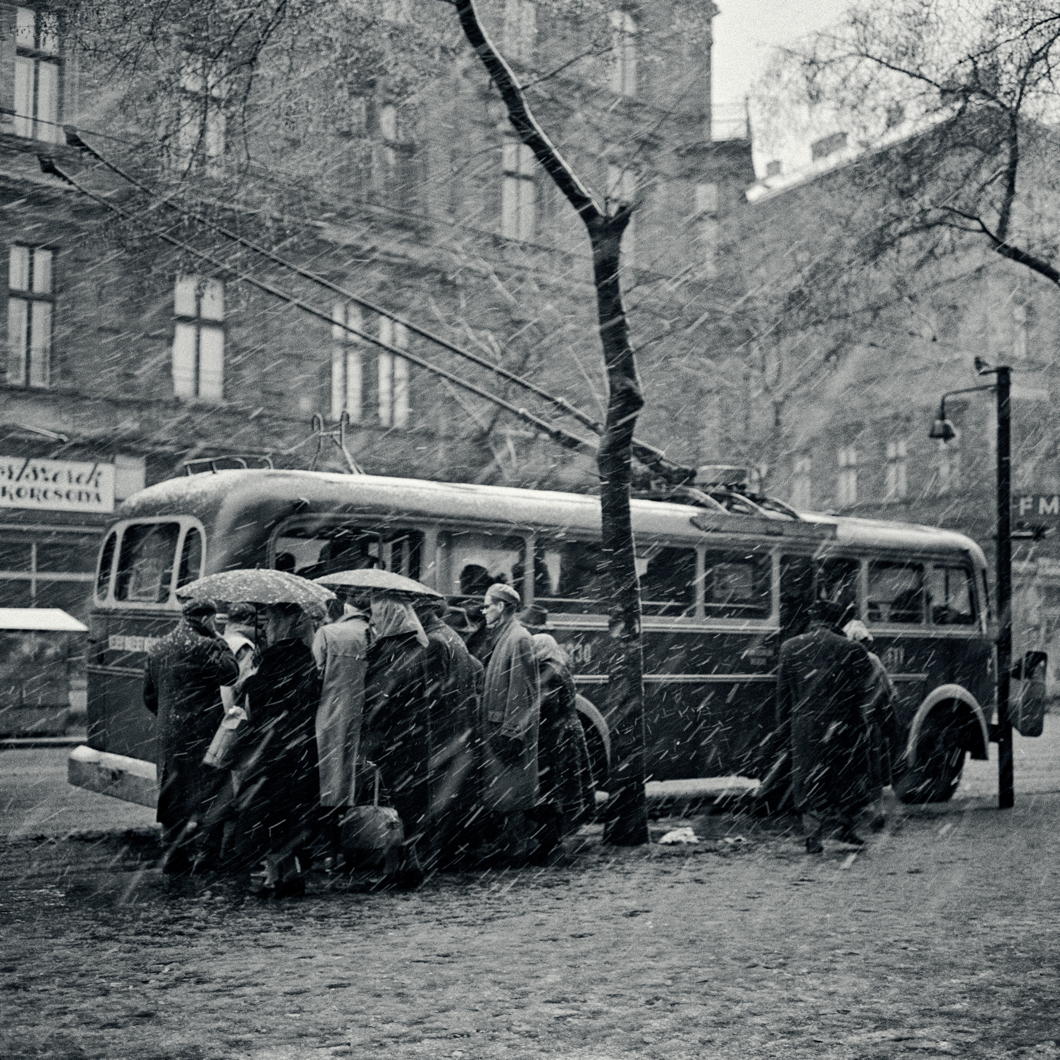
1955 Tram in Rottenbiller street where it meets Munkás street (District VII).
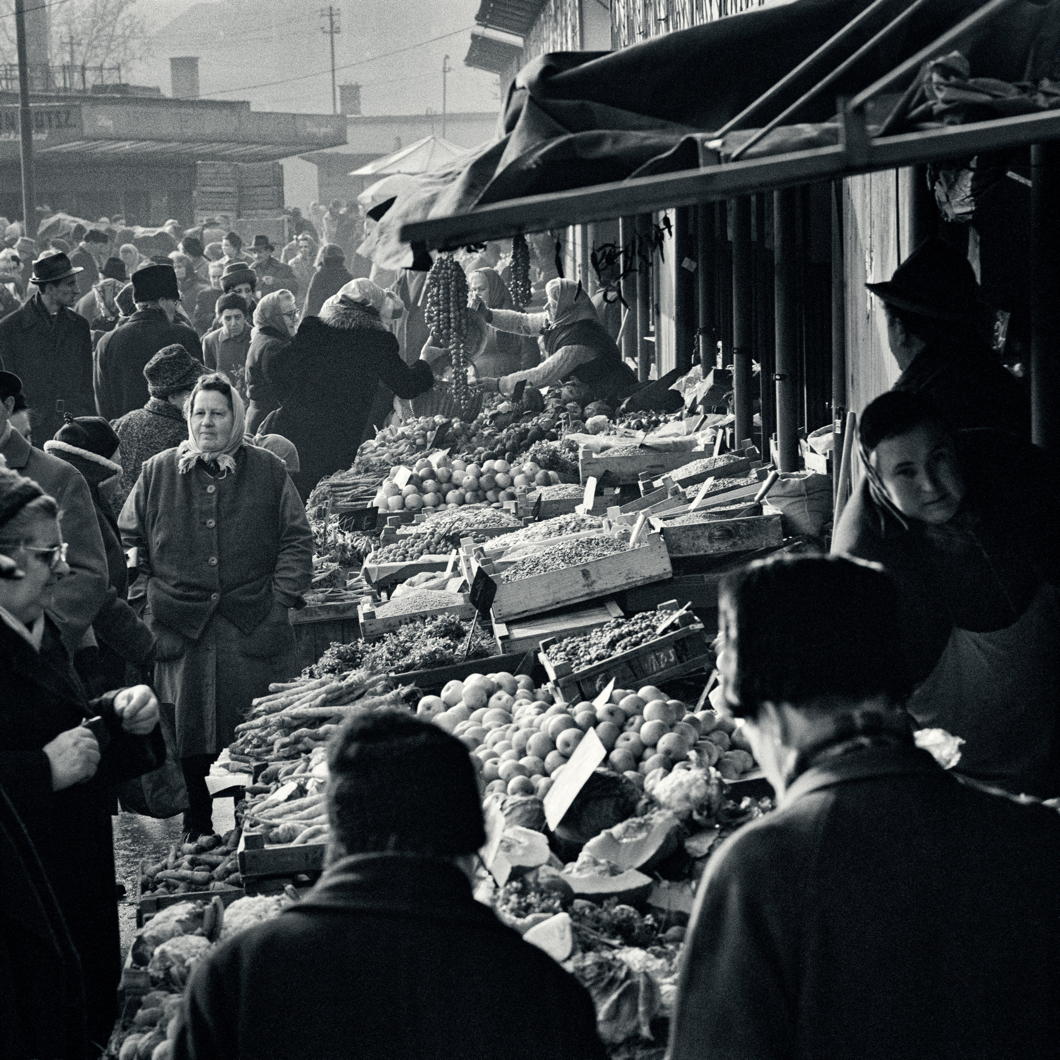
1958 District XIII: The market in Lehel Square.
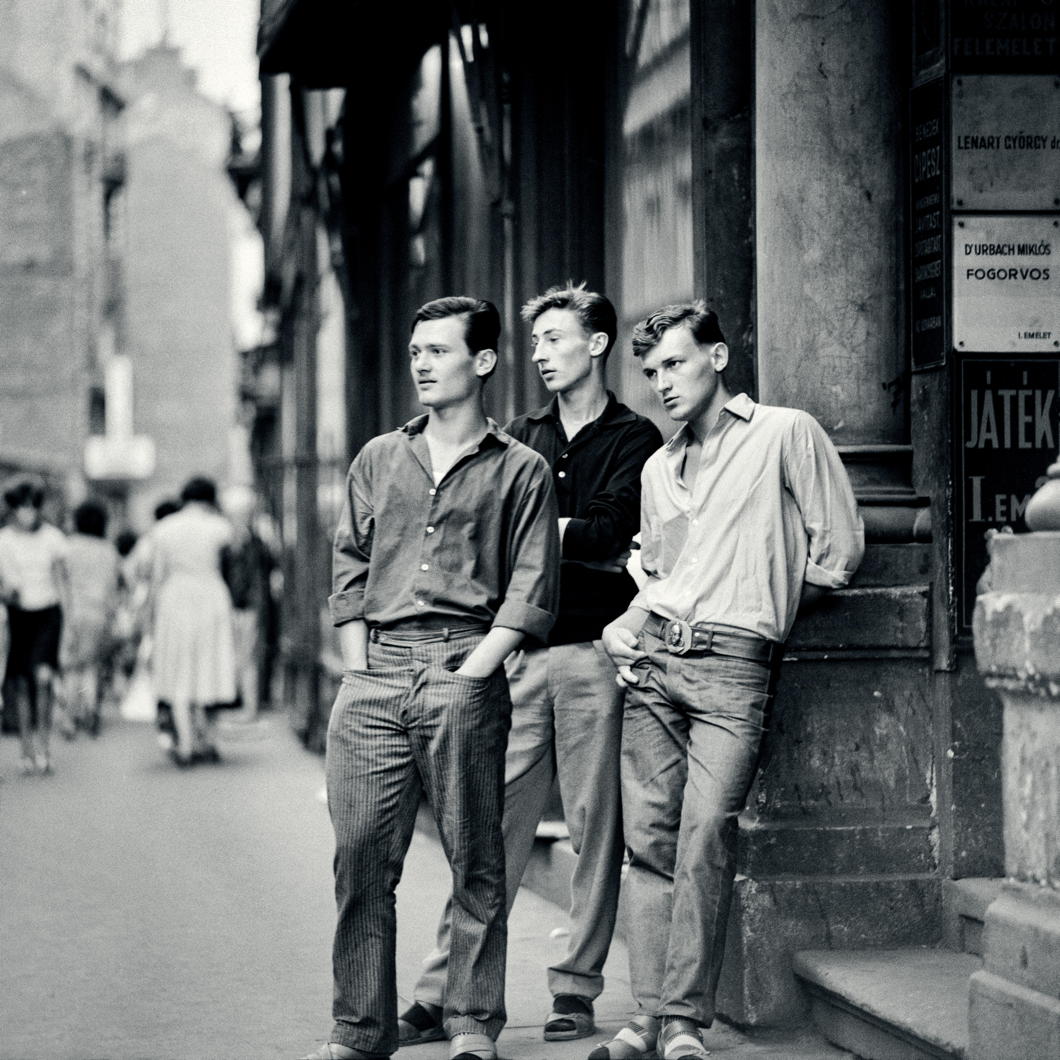
1963 Three young men observe the crowds of shoppers in Váci street.
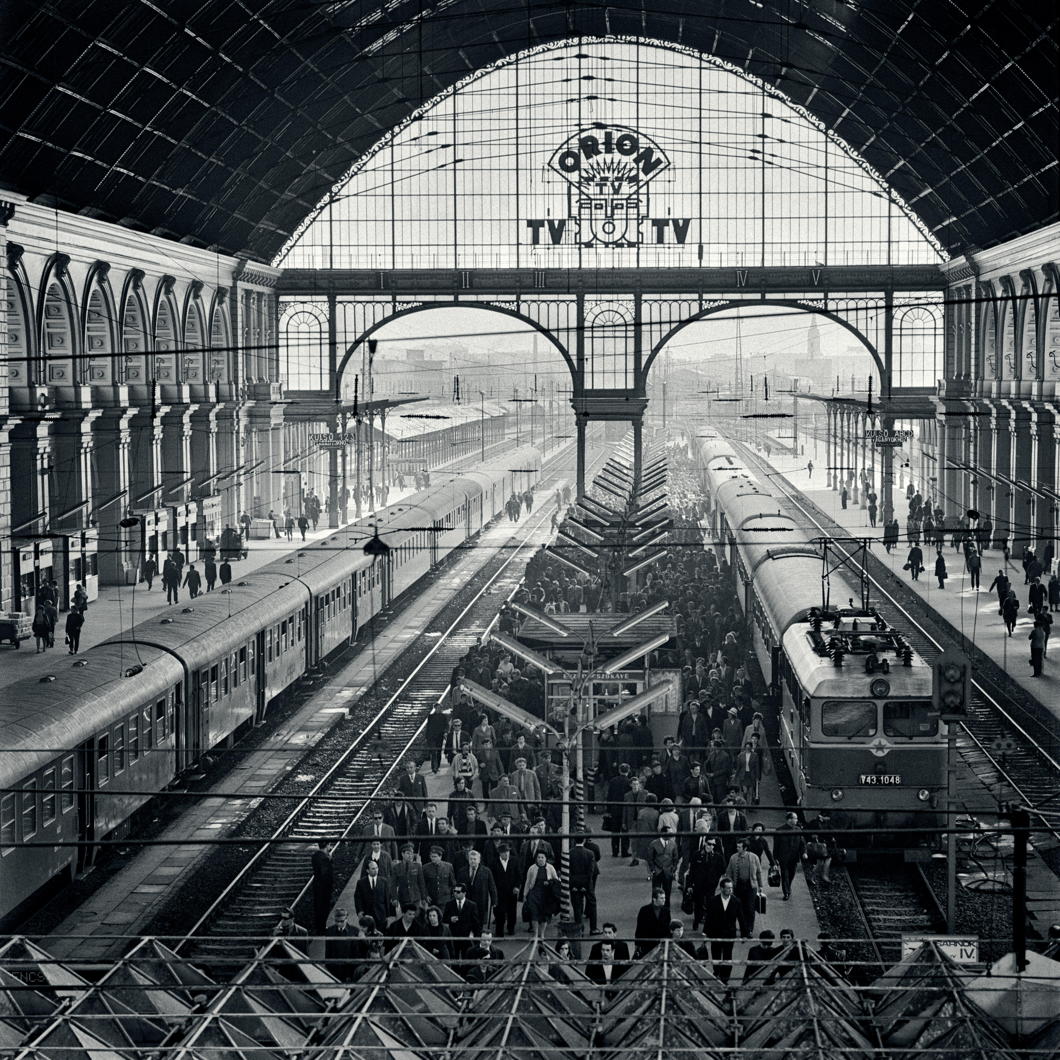
1970 Train hall of Budapest’s Eastern (Keleti) Station.
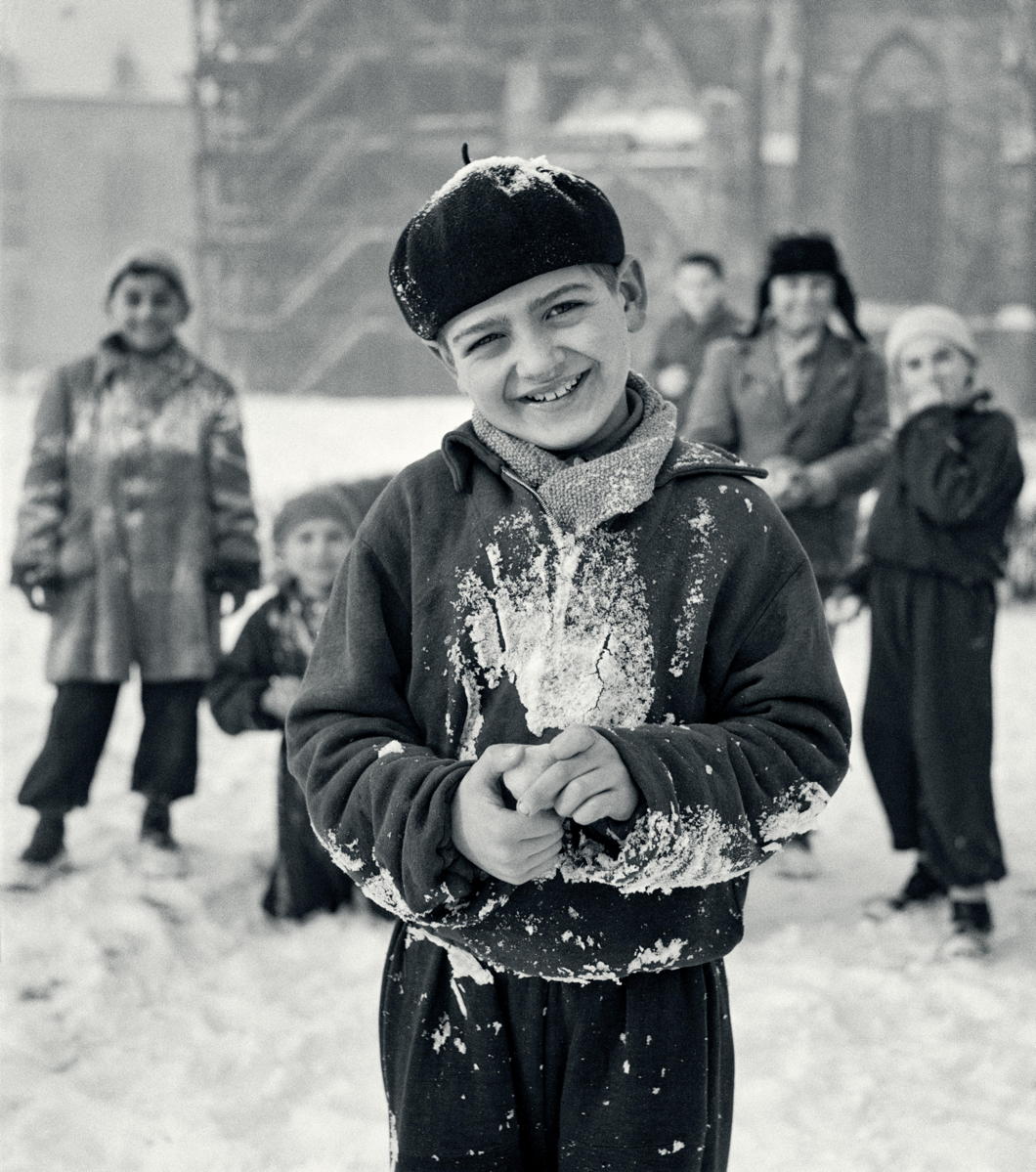
1958 Boy with snowball in Holy Trinity Square of the Castle District.
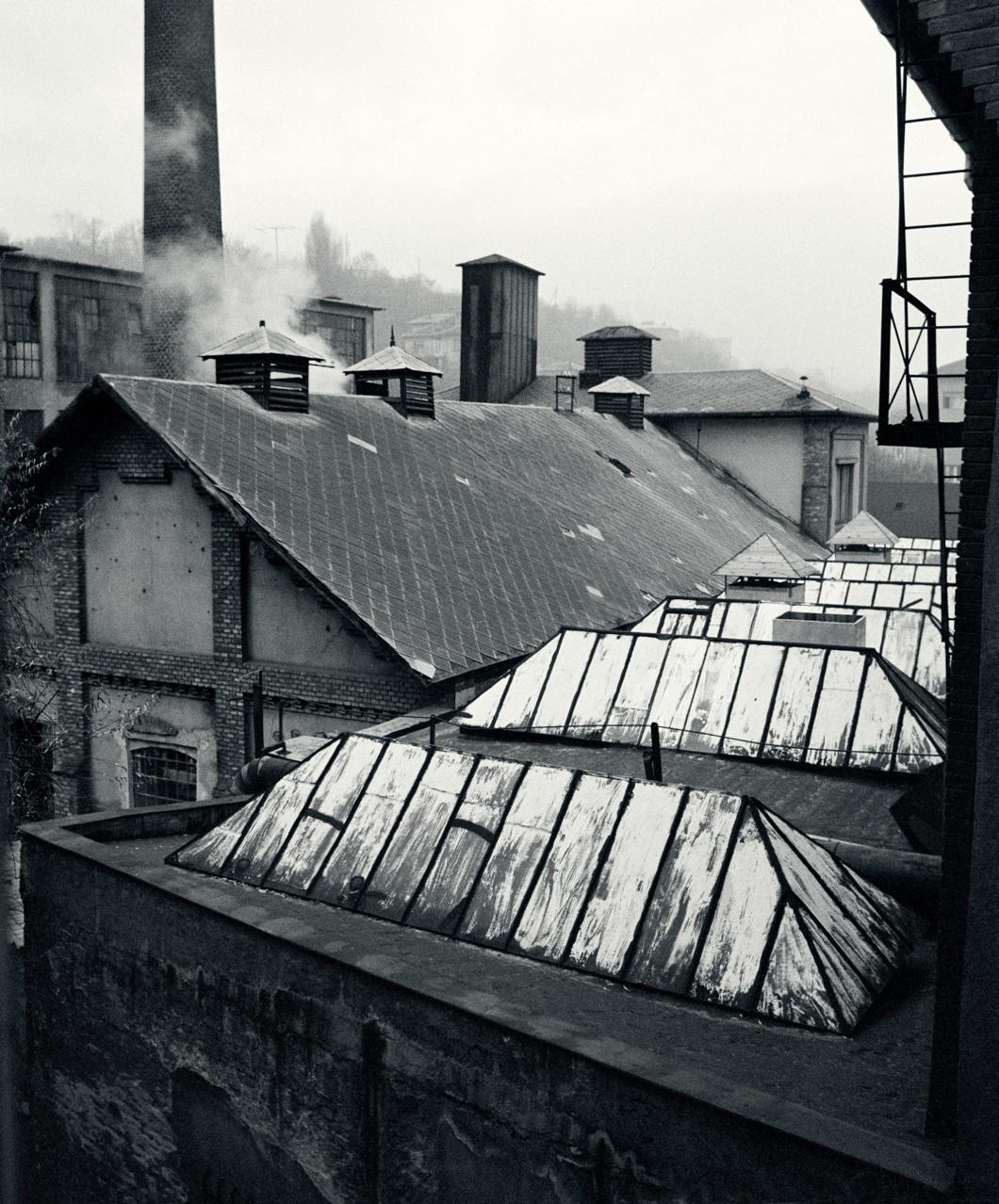
1971 Hat factory viewed from the apartment of Lajos Kossuth in Óbuda.
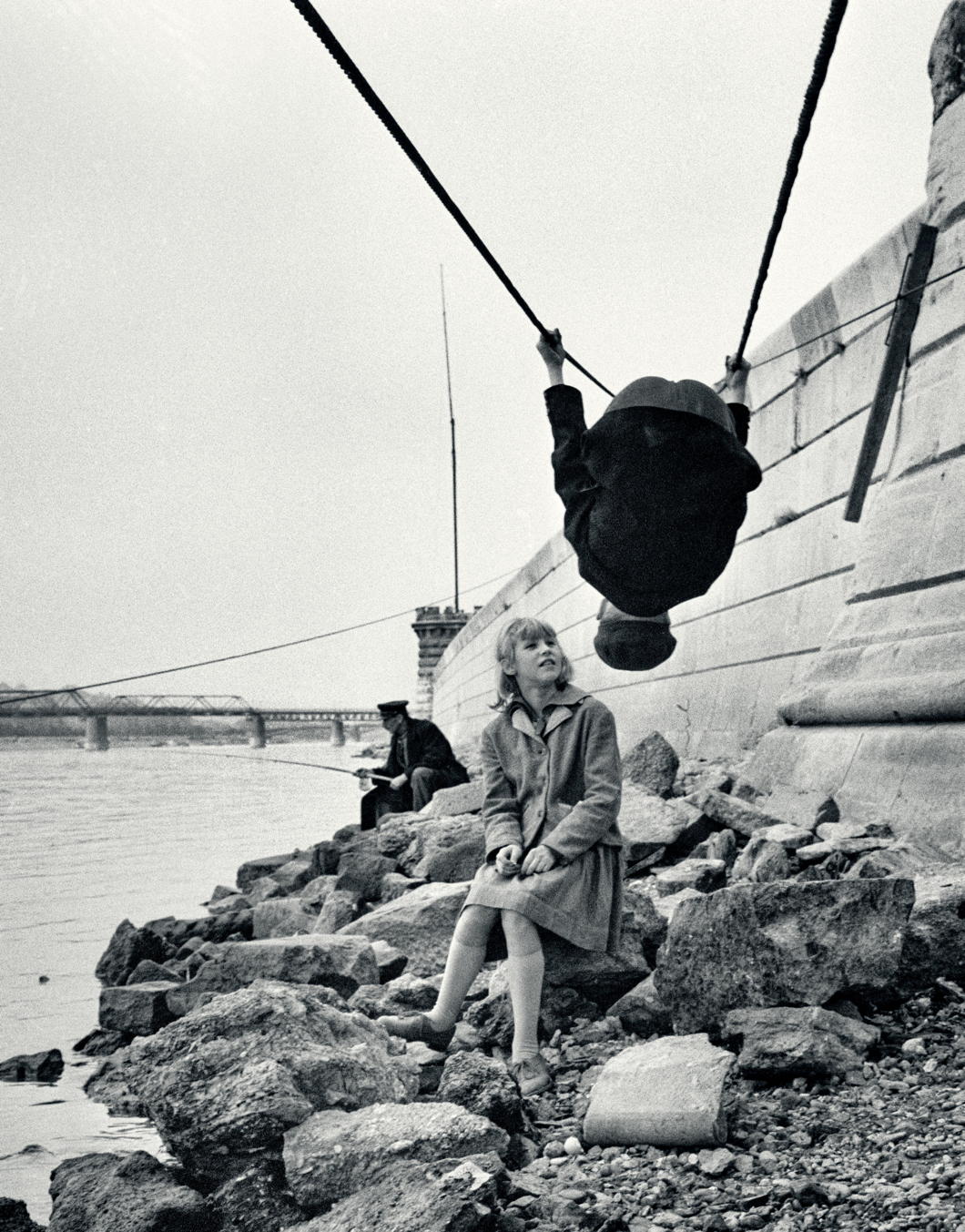
1960 Fooling around on the banks of the Danube by István Széchenyi Square (known as Roosevelt Square 1947-2011).
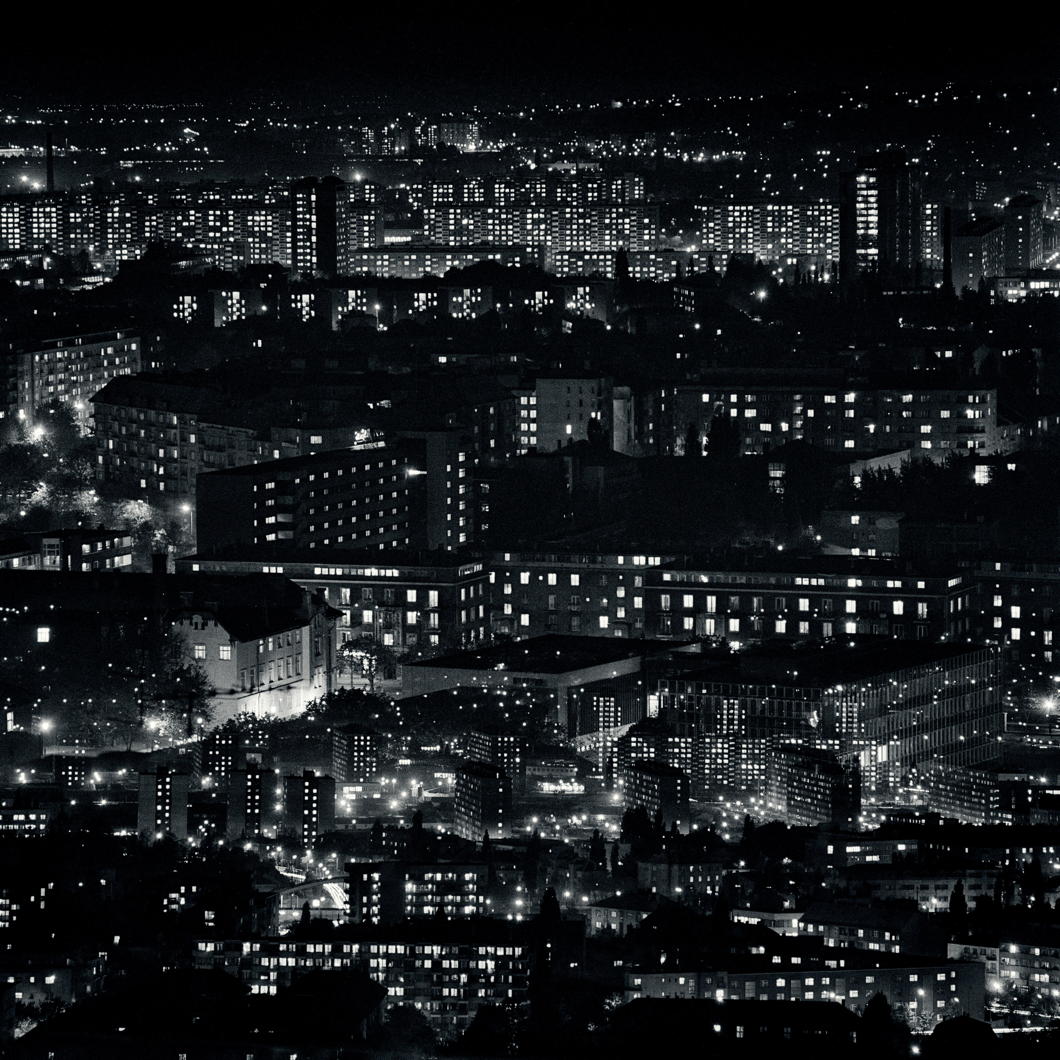
Search
Instagram: @andcusack
Click here for my Instagram photos.Most Recent Posts
- Teutonic Takeover March 10, 2025
- Katalin Bánffy-Jelen, R.I.P. March 3, 2025
- Substack Cusackiensis March 3, 2025
- In the Courts of the Lord February 13, 2025
- American Exuberant February 10, 2025
Most Recent Comments
Book Wishlist
Monthly Archives
Categories



The Hungarians are the insouciantly bravest of the brave: then Communism, now the European Union’s officious meddlers – both are shrugged off with a derision which, the time come, turns decisively to militant rejection.
May their example give hope, and courage, to the rest of us.